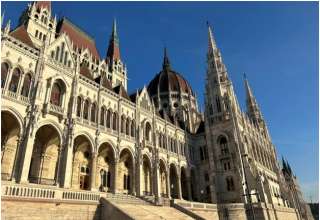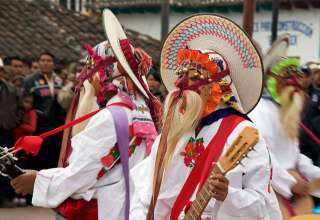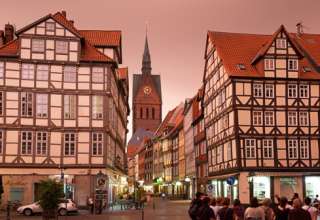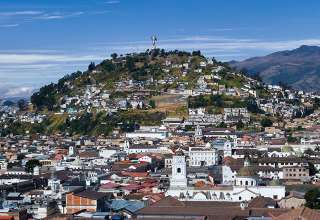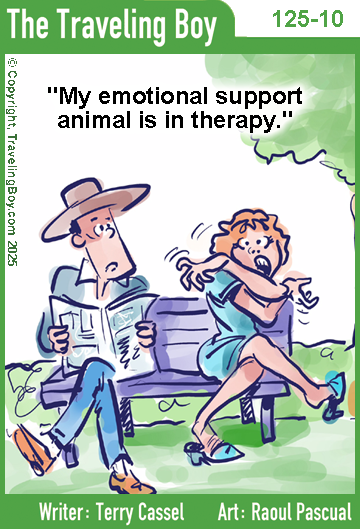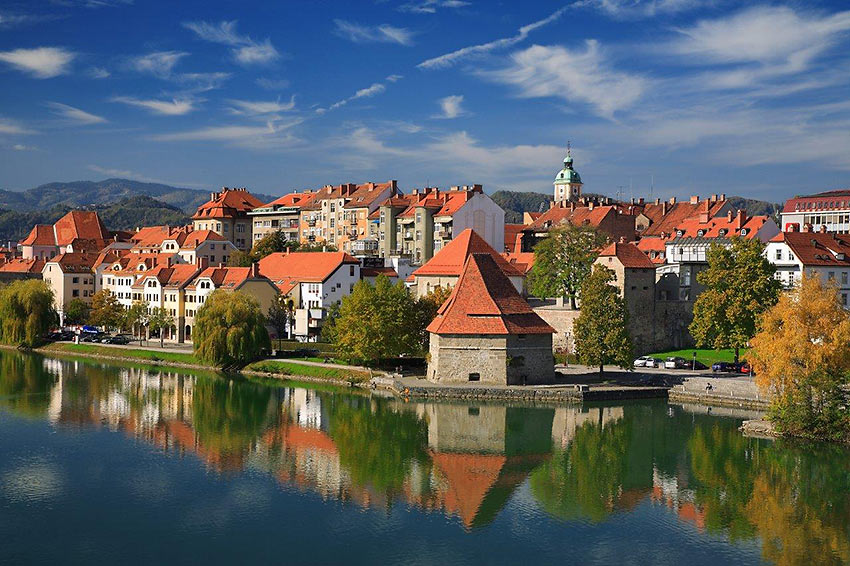
This installment of Three Things About Slovenia is courtesy of Aleksandra Jezeršek Matjašič of the Slovenia Tourist Board
1. Question: What are some of the “things” or activities that Slovenians do for fun?
Answer:
A “true” Slovenian has to do and does several things. It is expected from him (her) that at least once in his (her) life time climbs the Mt Triglav, the highest peak of Slovenia. During the spring and summer he (she) has to climb other mountains, too, and hike around the hills, forests and natural parks. In the winter time, he (she) skies in different Slovenian ski resorts. Slovenians are very sporty, they like to cycle, play golf, try different adrenaline sports such as paragliding, canyoning and rafting. They love to pumber themselves with the thermo-mineral waters therapies in different natural thermal spas and wellness centres across the country.
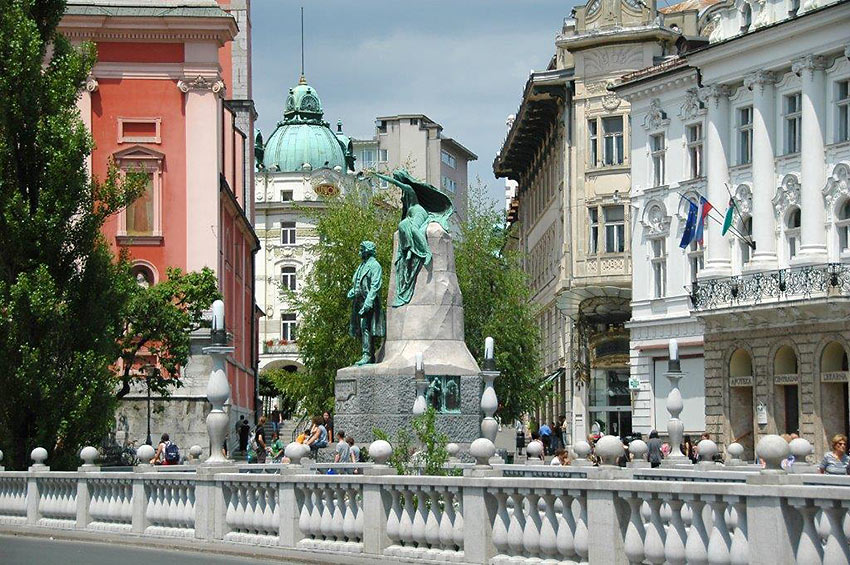
It is also expected that a “true” Slovenian at least once in his (her) life time visits the Slovenian hidden world. In Slovenia, there are over 10.000 karst caves with the mysterious limestone stalagamites, stalactites and halls. The most famous are Postojna Cave and Škocjan Caves. He (she) has to visit the birth place of the elegant, amazing, world-famous white Lipizzaner horse in Lipica, too.
The Slovenians love to meet with their friends, colleagues and parents for a cup of coffee or for a glass or two of amazing Slovenian wine such as traditional red teran – and talk for hours about the current politics situation and their neighbours. The Sundays are usually reserved for a lunch with the family. The plates have to be traditional and made of plants and vegetables grown in their own gardens, terraces or fields. Or at least bought from the trusted farmer.
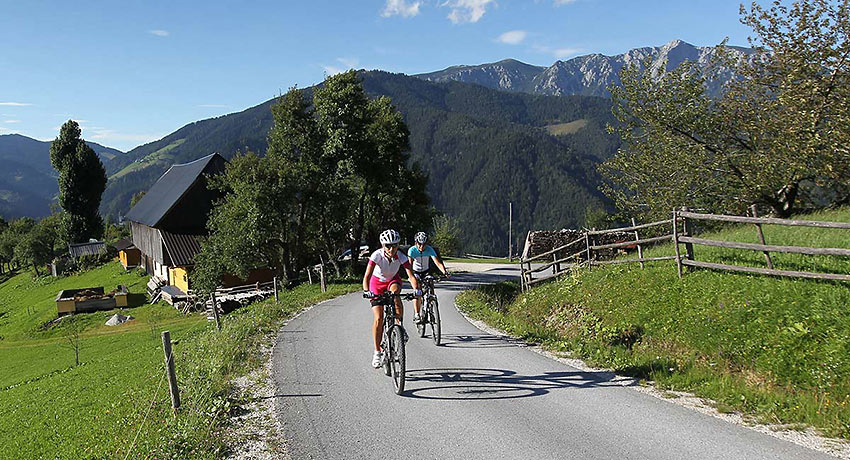
2. Question: What’s one thing the public probably does NOT know about Slovenia?
Answer:
The identity of the Slovenian nation is inseparably connected to its culture and the Slovenian language. The traces of the cultural creativity on the today’s Slovenian territory leads us several ten thousands years back in the history. In the Slovenian museums, there are amazing artefacts such as 60,000-year old flute, 30,000-year old needle or 5200-year old wooden wheel which is the oldest known in the world.
Slovenians are proud of its language, too. The proof of its existence take us to the 9th–10th century to the Freising Manuscripts (Brižinski spomeniki). The manuscripts are not just the oldest known text in the Slovenian language, but they have wider importance, too. They are also the oldest known written proof of any language from the Slavic linguistic group.
Although the Slovenians got their own state just in 1991, they are in fact very old nation with the rich history. And a big secret how did they survived thorugh the rough history lead by different foreign masters.
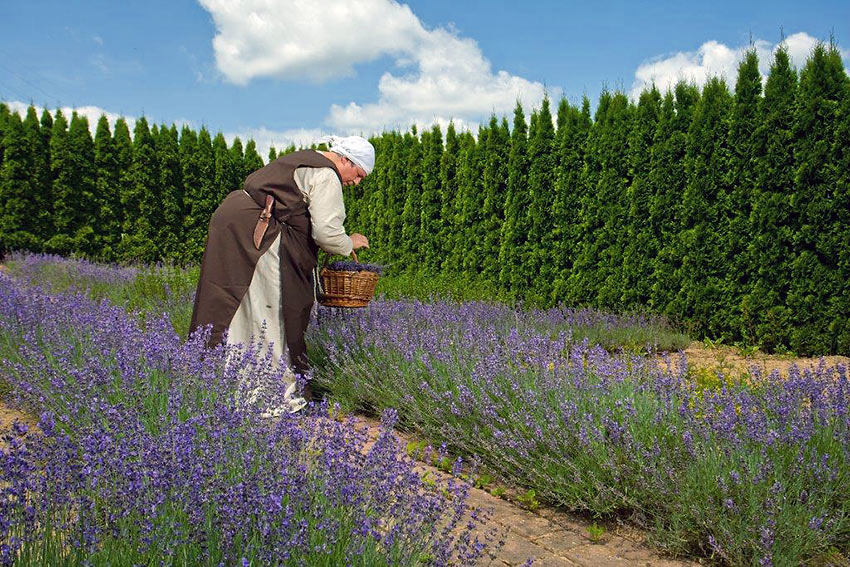
3. Share some aspect of what Slovenia has contributed to the world.
Answer:
Technical legacy:
The first report on skiers of Bloke is from 1689. The skiers of Bloke are considered inventors of special skies and the oldest skiers in Central Europe. Their legacy is continued today by Slovenian ski brand Elan.
Lovrenc Košir (1804–1879) reformed the post system in Habsburg monarchy. He invented the stamp in 1835, but he never got the credit for it.
Janez Puh (1862–1914) was inventor and pioneer in the motorcycle and automobile industry. He obtained 13 patents and made several inventions and improvements regarding the vehicles and even for the typing machines. As founder of motorcycles and automobiles manufacturing company in Graz he was one of the most significant vehicle producers in Europe, developing different types of cars, lorries, buses, military and some other special vehicles such as limousines for the imperial Habsburg family.
Baron Anton III von Codelli (Anton Freiherr Codelli von Codellisberg, Sterngreif und Fahnenfeld; 1875–1954) invented several improvements for the automobiles: an ignition device, a miniature in-car food refrigerator, rotary engine etc. But he didn’t limited himself on the cars, he also invented mechanical mower, wireless conection of different devices, high-frequency telephon, mini radio … He is considered, too, a pioneer of television technology. He even produced and shot the film The White Goddess of the Wangora in Togo, the first feature film ever to be shot in Africa.
Herman Potočnik Noordung (1892–1929) was the first architecture in space, one of the first rocket engineers and pioneer of cosmonautics. His work was focused on the long-term human habitation of space. He is the author of the revolutionary book The Problem of Space Travel – The Rocket Motor (1928). It served as an inspiration for the International Space Station and for the wheel-shaped space station in famous Stanley Kubrick‘s film 2001: A Space Odyssey.
The genious ancestors are succeeded today by different individuals and companies – as Robert Lešnik, the director of Mercedes-Benz passenger cars’ exterior design, Akrapovič, the leading international company in inventing and producing the exhaust systems for motorcycles and performance cars, or Pipistrel, constructor and inventor of advanced light and zero-emission aircraft.
Cultural legacy:
Slovenia is the birth place of Jurij Slatkonja (1456–1522), who became the bishop of Vienna and in 1498 the first director (in some sources he is consider the founder, too) of the boys’ choir that is know today as Vienna Choir Boys and as one of the best of it’s kind in the world.
In Slovenia were born the late Renaissance composer Jacobus Gallus Carniolus (1550–1591), who is famous for his motets, and Baroque composer and violinist Giuseppe Tartini (1692–1770).
Maks Fabiani (1865–1962) left his home land for Vienna to became personal advisor of Franz Ferdinand, the heir to the Austro-Hungarian Empire throne, professor at the University of Technology and author of interesting architectural projects – such as noticeable observatory Urania, placed by the river Danube.
Ljubljana was the first city in the world to establish an industrial design biennale in 1964 (BIO) and one of the first to organise a biennale of graphic arts in 1955 (Biennal of Graphic Arts Ljubljana).
Slovenians are making many contributions to the contemporary art and culture and to the philosophy, too. The most famous and notable person is Slavoj Žižek, continental philosopher, Global Distinguished Professor of German at New York University, international director of the Birkbeck Institute for the Humanities of the University of London and critic of capitalism, neoliberalism and political correctness.
Country of powerful women:
Through the history, different powerful and famous men were attracted by the beautiful and smart Slovenian women. One of the examples goes many centuries back in the history of Europe. Barbara Celjska (Barbara of Celje; 1391/92–1451) was married to Sigismund of Luxemburg, king of different lands and Holy Roman Emperor. Barbara was involved in politics, negotiations, administration and economy, too. Among different assignments, she was also the regent of Hungarian kingdom and the co-founder of the royal Order of the Dragon.
In the present times, another Slovenian woman is married to a powerful man and gets a lot of international interest. After the last presidential elections in USA, ex fashion model Melania Knauss (today Trump) has become the USA First Lady and one of the world’s most famous women.
Thanks to her hard work, creativity and skills, another Slovenian woman is rocking the word. Ana Roš was seeking perfection in the kitchen for years so that she was finally declared the World’s Best Female Chef.
Additional Information
Slovenian Tourist Board
Dimičeva 13, SI-1000 Ljubljana, Slovenija
re****************@******ia.info; pr***@******ia.info
Tel.: 00386 (0)1 5898 550
Visit Us
Visit the official SLOVENIAN TOURIST INFORMATION PORTAL
Visit our PRESS CENTRE, follow the news (press releases) and monthly news for journalists

